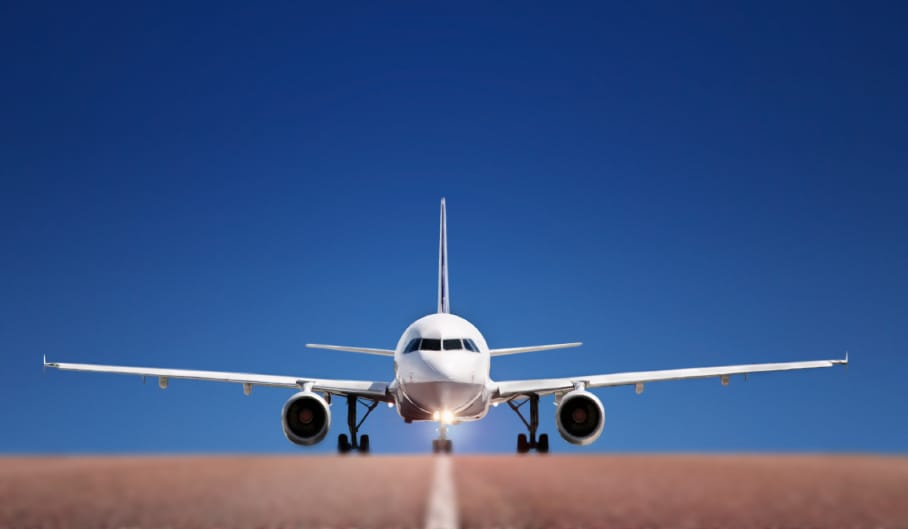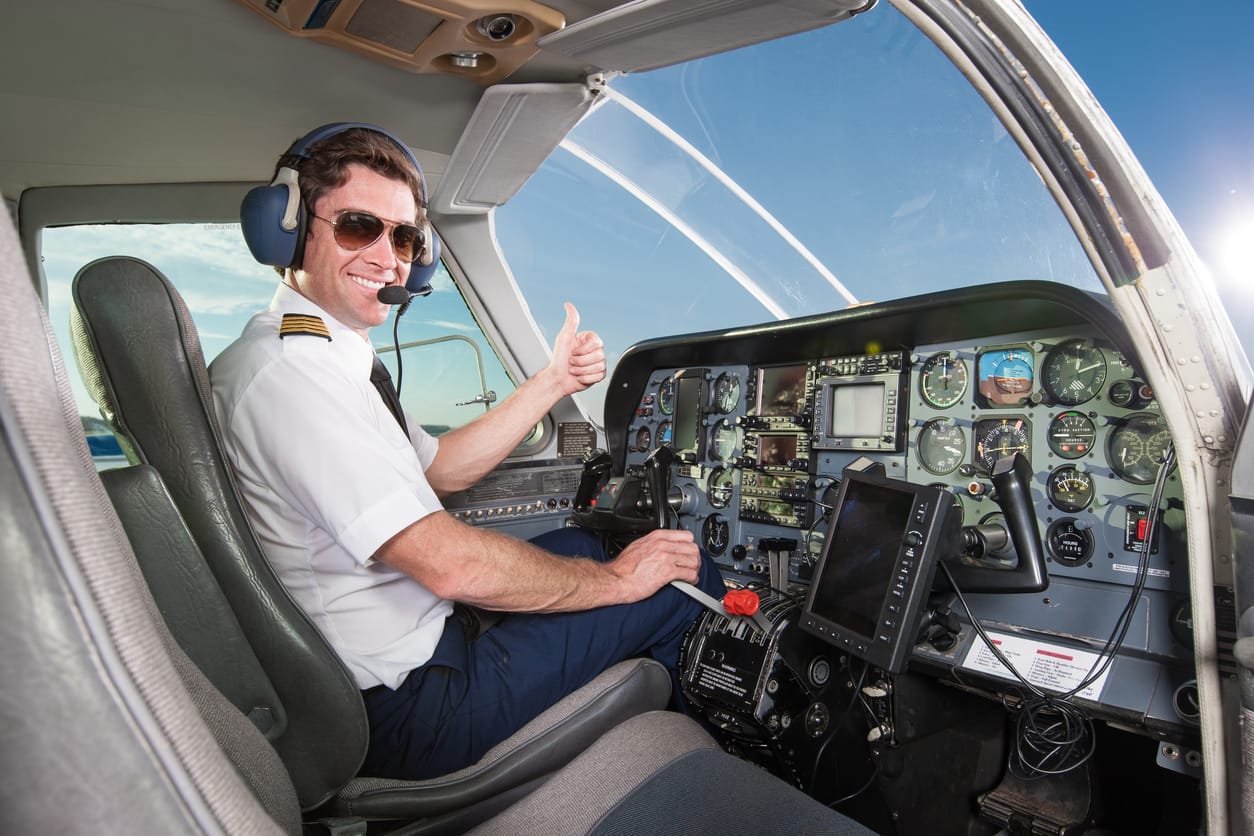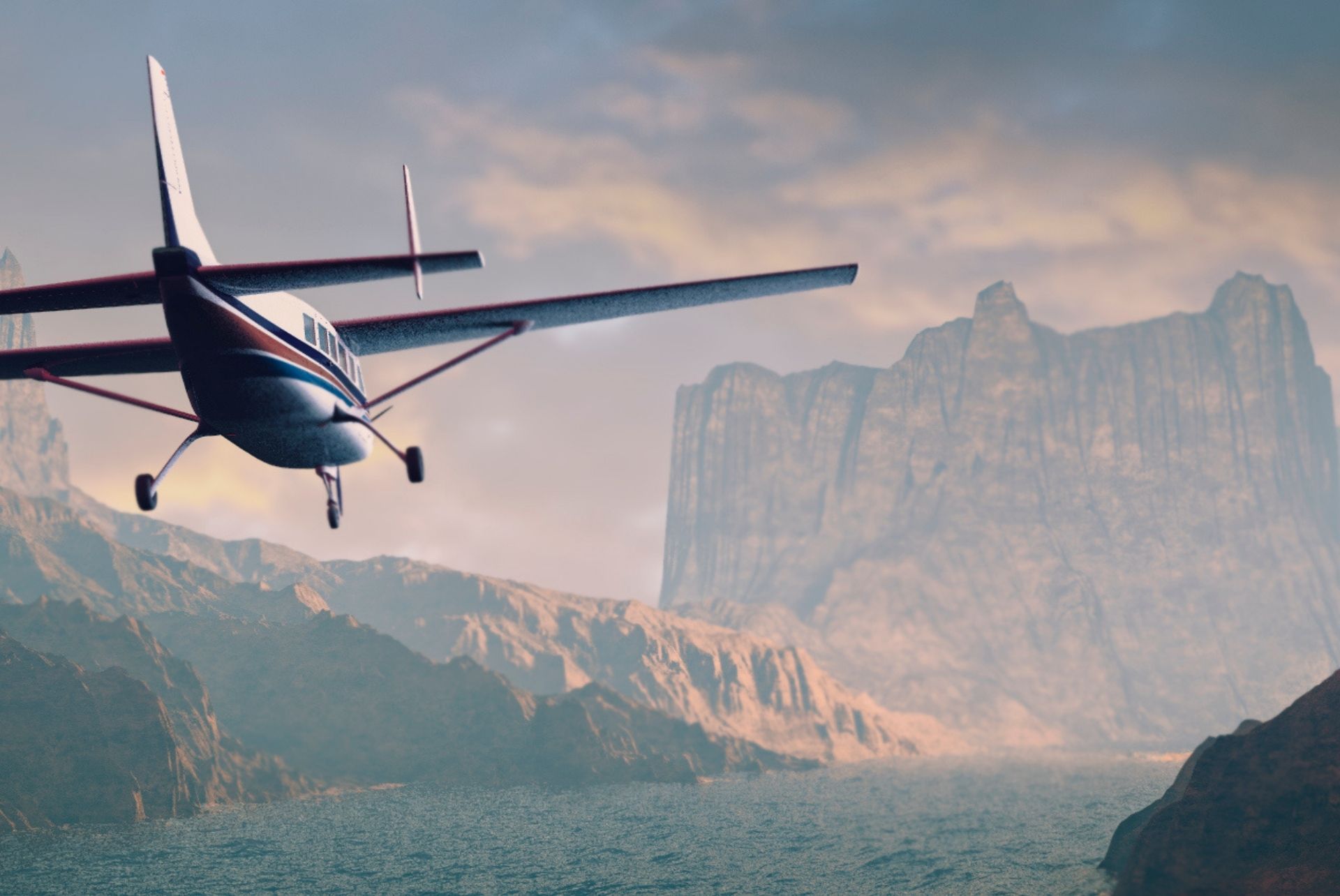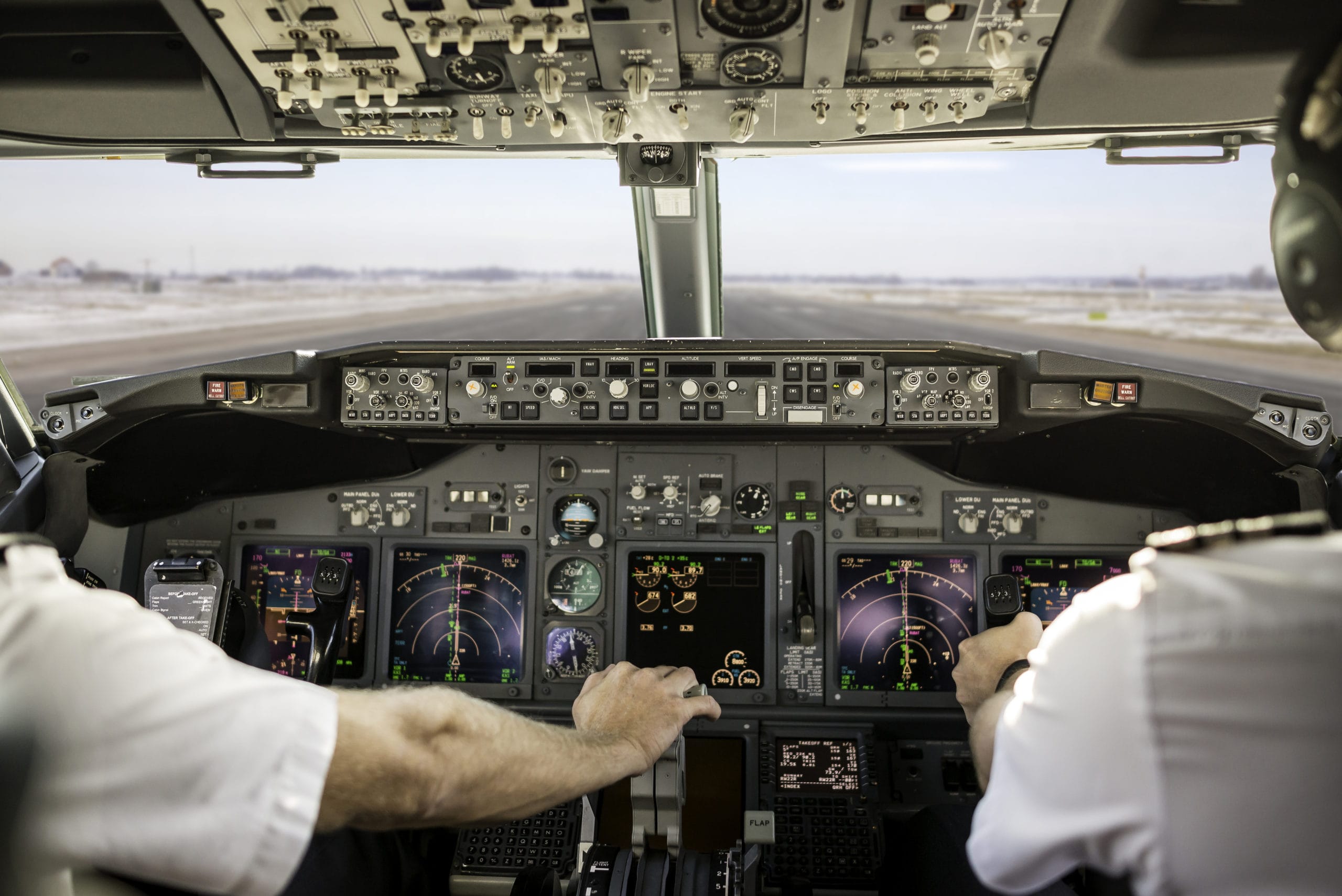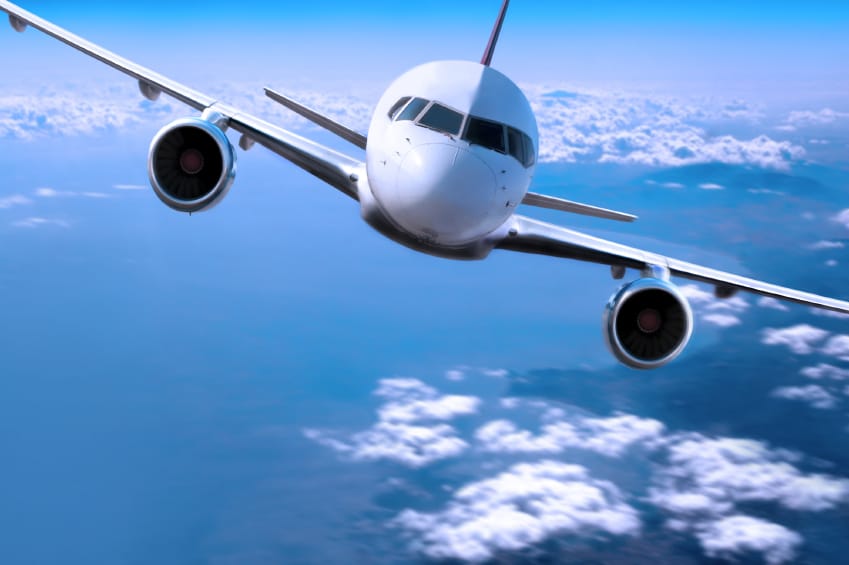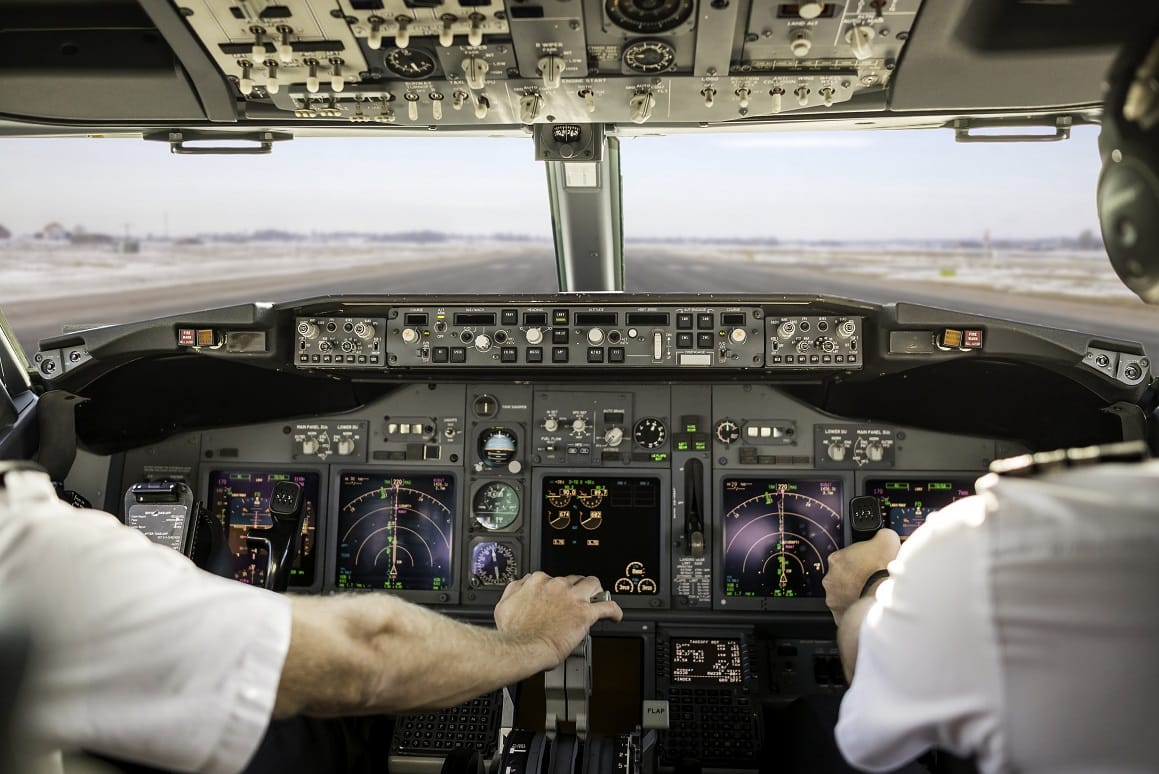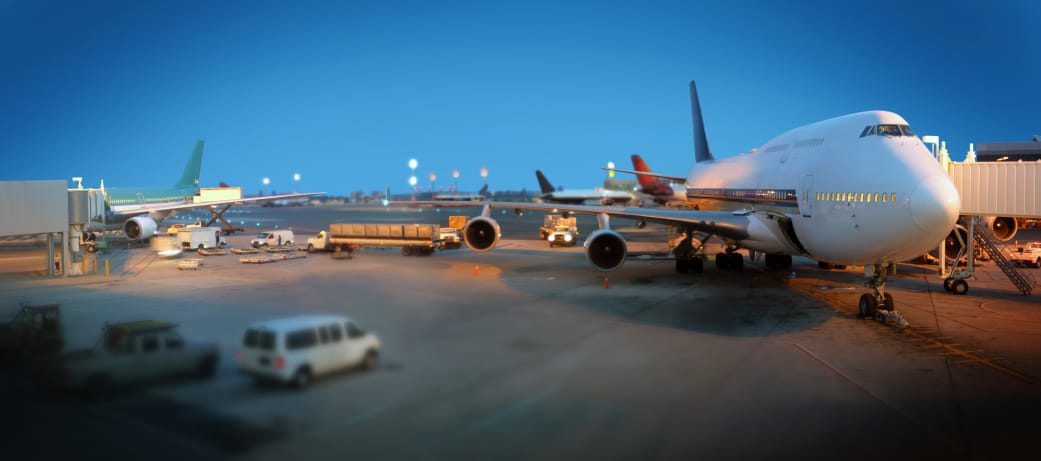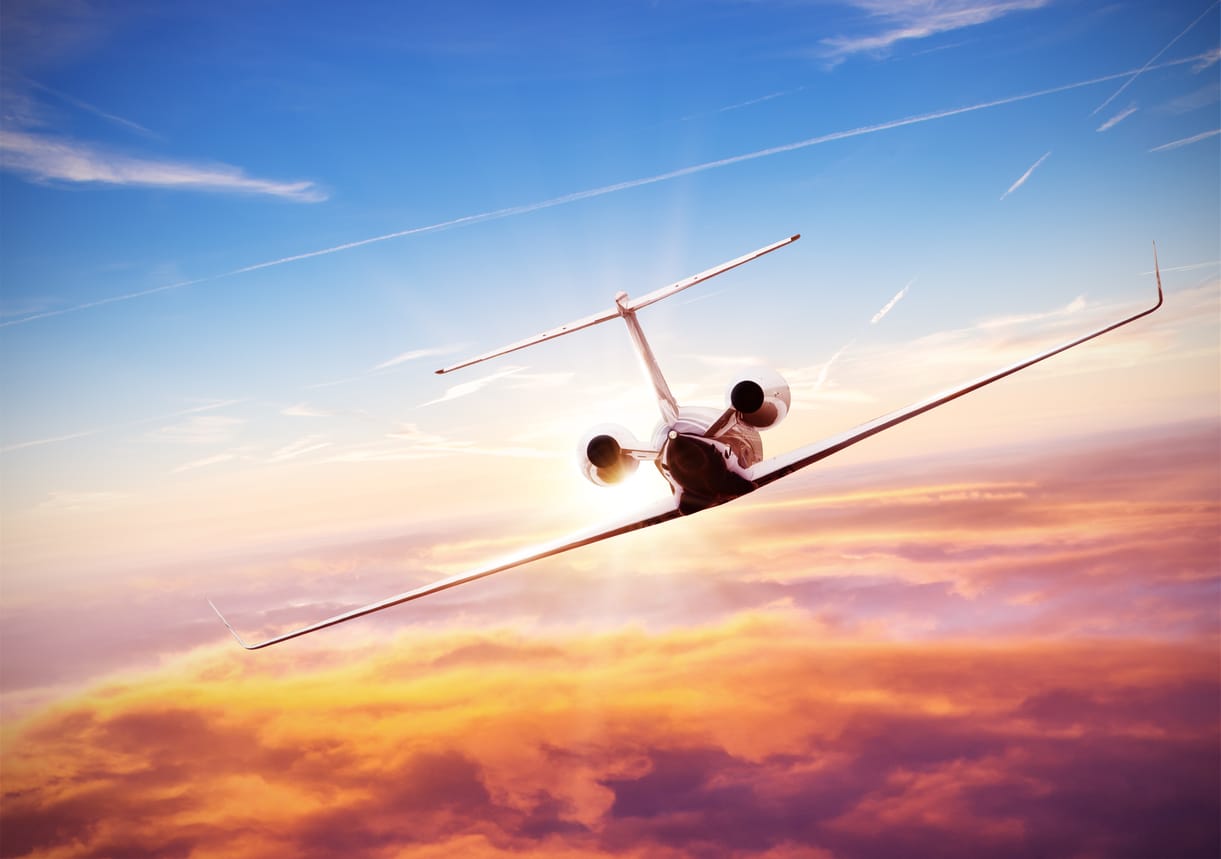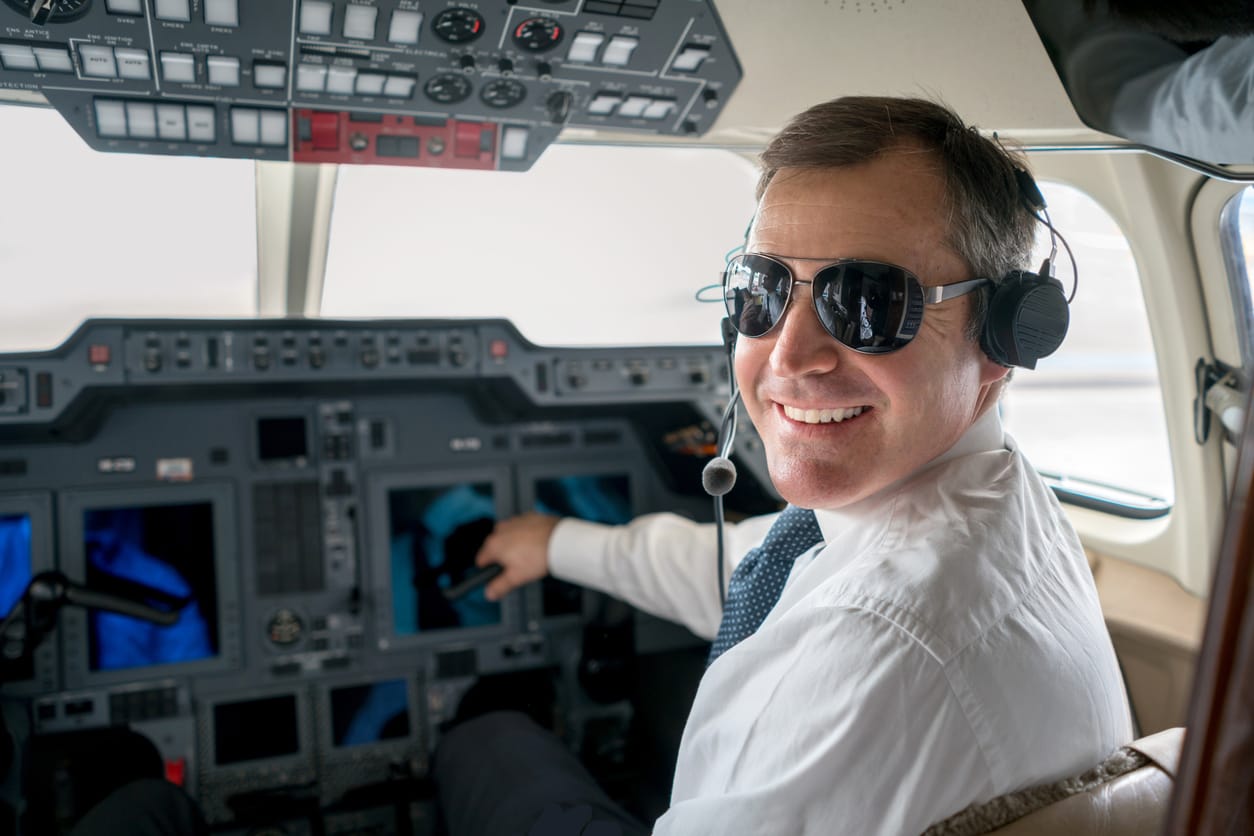What is involved with making the leap from your private pilot certificate to earning your commercial certificate? Is it just a matter of completing it so that you can be paid to fly? Becoming a commercial pilot is much more.
The pilot must qualify for a practical exam administered by the FAA. In addition, at least ten hours of training must take place in a Complex and turbine powered airplanes also qualify for this requirement so a prospective examinee can use any combination of the 3 options to fulfill the 10 hour requirement.
Commercial certificate training’s primary difference is not simply “learning to fly.” You’re learning precise control of the airplane. You’re learning long-distance navigation and about more complex regulations, especially the rules about flying for compensation or hire. You’re learning more about how to judge weather patterns. By studying these topics and developing the ability to make informed decisions with practiced judgment, you will not just earn the ability to fly for hire. You will prove yourself a safe pilot who is vigilant about your own safety, but also those of the passengers who trust you.
Prepare to Study… and Fly
The main difference between earning a private certificate and earning a commercial certificate is the intensity of study. Since it is assumed you are a competent aviator, your instructor expects you to know the basics of flying well—for example, how to speak to Air Traffic Control, how to tie down an aircraft, and how to conduct a pre-flight walk-around.
Simply the amount of time the FAA requires a commercial certificate candidate to spend in the air is a heavy reminder of how much is expected of a commercial pilot. Student pilots who are studying for their private certificates must spend at 40 hours in the cockpit, but to even take the FAA commercial exam requires 250 hours total time. You must be prepared for this demanding course of study, both financially and in the context of your professional, personal, and scholastic life.
Completing the commercial course is a lot of flying, but that’s also the point. In addition to learning new regulations, understanding weather from more than just a local perspective, and preparing for long distance navigation, commercial pilots are expected to view aviation as a big picture mission.
They must also demonstrate finesse in the act of aviating—showing that they care for their passengers and cargo. Expectations are higher, and so the course of study is too. But with the right flight school, an experienced instructor, and hard work, the process of earning a commercial certificate is a period of growth and development of crucial skills.
Find An Excellent Flight School
The first step to making the leap from flying as a private pilot to earning a commercial certificate is to entrust your education to an excellent flight school. It’s important to avoid settling for a convenient but lesser option when choosing this next step in your formal aviation education. It will form the basis of your career in aviation if that is your goal. In the event you will fly part-time or for enjoyment or service, what you learn in your commercial might be the difference between a safe flight or the necessity of calling for help while midair.
Therefore, shop for your flight school carefully, and try to find students who have successfully completed their commercial certificate recently. Talk to them about their experiences and discern if the institution is a good fit for you. A strong flight school is transparent, communicative, and offers a wide variety of courses. It is responsive to your questions, and its staff can offer regular flying without major gaps between lessons. If you are studying for a college degree during your training, look for somewhere with a flight school attached.
Learning About Rules Concerning Flying for Compensation
It’s tempting for student pilots to connect earning a commercial certificate with earning a paycheck simply. However, completion of the commercial isn’t a matter of “being allowed to” make money from flying. It is also a matter of comprehensively learning the rules of the FAA regarding flying for hire. Commercial pilots learn how they may properly get paid, and whether or not a flying for hire arrangement is legal.
If they have correctly absorbed the course material, new commercial pilots know the difference between flying for hire (as in a private arrangement with an individual) versus flying for an air carrier, either a charter company (known as Part 135, after the section in the Code of Federal Regulations which discusses the certification process) or an airline (Part 121.)
Long Distance Navigation
One of the biggest differences between studying for the private certificate and the commercial is that while both require cross country flights, the distance increases. Private pilots must take a 100 mile flight, while commercial candidates are required to undertake a journey of at least 250 miles. This requires the pilot to think seriously about planning: Fuel consumption, weight on board, and, most consequentially, extended weather planning. Under FAR Part 61 rules, pilots must undergo 50 hours of cross-country time, not just undertake a single flight. Twenty hours of training must take place with an instructor.
Weather and Flight Planning
Flight planning over a 100 mile radius requires understanding not only the weather unfolding around the departure airport, but also the conditions which the pilot is likely to encounter a long distance away at some point in the future. This means carefully studying weather patterns and also making informed decisions about whether or not the flight is even safe to begin.
Some might point out that weather is discussed a great deal while earning one’s instrument flight rating, or IFR. However, the IFR, while an important part of a pilot’s safety and professional training, concentrates more on developing the ability to fly in adverse weather conditions. In earning the commercial, the pilot is asked to consider weather as just one aspect of a larger aviation reality.
Ready to soar in your aviation career?
Mr. Matthew A. Johnston has over 23 years of experience serving various roles in education and is currently serving as the President of California Aeronautical University. He maintains memberships and is a supporting participant with several aviation promoting and advocacy associations including University Aviation Association (UAA), Regional Airline Association (RAA), AOPA, NBAA, and EAA with the Young Eagles program. He is proud of his collaboration with airlines, aviation businesses and individual aviation professionals who are working with him to develop California Aeronautical University as a leader in educating aviation professionals.
